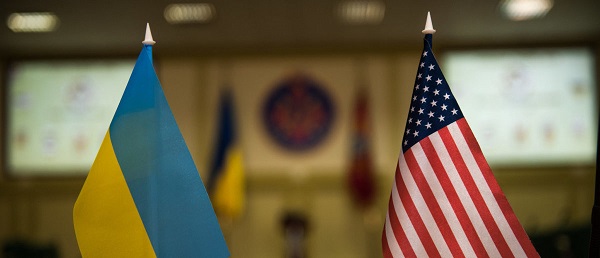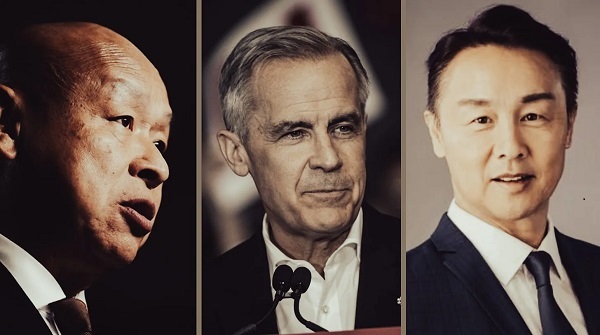Alberta
Top baby names of 2022 revealed

Olivia and Noah continue their streak as the most popular baby names in Alberta in 2022.
The births have been registered and the results are in: Olivia is once again the most popular name for baby girls born in Alberta last year, holding the top spot since 2013.
As Olivia’s momentum continued, Noah was working on a streak of his own as the most popular name for boys four years in a row.
“Congratulations to everyone who brought a child into this world in 2022. Alberta is a great place to live, and I see a positive future for all parents choosing to raise a family here. To those expecting a baby in 2023, or to those who are just plain curious, I encourage you to check out the baby names lists from years past.”
As Olivia and Noah continued their popularity streak, there was some movement in the rest of the field as names moved up and down in the lists.
Sophia, Emma, Amelia and Harper rounded out the top five for girls’ names. Harper moved up six spots after placing 11th the previous year. The comeback kid, Lily, moved up eight spots to get back into the top 10 after missing out in 2021.
Liam, Theodore, Oliver and Jack joined Noah as the top five boys’ names in the province. After a three-year absence, James returned to the top 10. Lucas also returned to the top 10, after missing out in 2021.
There were 48,225 births registered in Alberta in 2022. Of these, 24,781 were boys and 23,437 were girls. In seven births, the sex of the baby was not indicated at time of the initial registration. There were 12,966 different names registered in 2022.
Parents have one year to register their child’s birth. As a result, the 2022 baby names and birth statistics lists may change slightly.
Notable names
Parents have many motives for their name choices and often the names they choose reflect what is important to them.
Some of the names chosen seem to reflect places (Brooklyn, Georgia, London); animals (Wren, Bear, Fox); religious figures (Muhammad, Adam, Noah); mythology (Penelope, Apollo, Phoenix); plants and flowers (Juniper, Daisy, Violet, Lily, Willow, Hazel, Ivy); literature (Huxley); musicians (Prince, Lennon, Presley); seasons (Winter, Spring, Summer, Autumn); sports (Beckham, Evander); actors (Leonardo); and other figures from pop culture (Casey, Maverick).
Quick facts
- Historically, girls’ names that held the No. 1 spot for the longest consecutive time period include:
- Olivia: 10 years (2013-2022)
- Jessica: six years (1990-1995)
- Emily: five years (1998-2002)
- Historically, boys’ names that held the No. 1 spot for the longest consecutive time period include:
- Ethan: nine years (2001-2009)
- Liam: seven years (2010-2016)
- Matthew: five years (1995-1999)
Boys’ names and frequency – top 10 names 2017-22
(In brackets is the number of babies with each name)
| Place | Boy Names
(2022) |
Boy Names (2021) | Boy Names (2020) | Boy Names (2019) | Boy Names (2018) | Boy Names (2017) |
| 1 | Noah (229) | Noah (274) | Noah (239) | Noah (275) | Liam (225) | Noah (250) |
| 2 | Liam (176) | Jack (219) | Oliver (229) | Liam (234) | Oliver (212) | Liam (244) |
| 3 | Theodore (173) | Oliver (208) | Liam (206) | Oliver (225) | Noah (199) | Benjamin (229) |
| 4 | Oliver (172) | Liam (197) | Benjamin (182) | Ethan (213) | Ethan (188) | Logan (226) |
| 5 | Jack (159) | Theodore (191) | William (178) | Jack (198) | Logan (182)
Lucas (182) |
Lucas (216) |
| 6 | William (146) | William (174) | Jack (169) | William (185) | Jacob (181) | William (213) |
| 7 | Benjamin (138)
James (138) |
Ethan (162) | Lucas (163) | Lucas (174) | William (178) | Ethan (192) |
| 8 | Henry (136) | Levi (148) | Theodore (159) | Owen (167) | Benjamin (176) | Oliver (190) |
| 9 | Lucas (135) | Benjamin (147)
Henry (147) |
Levi (153) | Benjamin (163) | Jack (167) | Jack (189) |
| 10 | Ethan (130) | Jackson (142) | Owen (152) | Jacob (162) | Alexander (158)
James (158) |
Jacob (178) |
Girls’ names and frequency – top 10 names 2017-2022
(In brackets is the number of babies with each name)
| Place | Girl Names
(2022) |
Girl Names (2021) | Girl Names (2020) | Girl Names (2019) | Girl Names (2018) | Girl Names (2017) |
| 1 | Olivia (192) | Olivia (210) | Olivia (236) | Olivia (229) | Olivia (235) | Olivia (236) |
| 2 | Sophia (151) | Charlotte (166) | Emma (184) | Charlotte (188) | Emma (230) | Emma (215) |
| 3 | Emma (149) | Ava (165) | Charlotte (161) | Sophia (181) | Charlotte (175) | Charlotte (187) |
| 4 | Amelia (133) | Emma (164) | Ava (159) | Emma (178) | Emily (164) | Ava (184)
Sophia (184) |
| 5 | Harper (125) | Amelia (161) | Sophia (151) | Ava (161) | Ava (161) | Emily (159) |
| 6 | Charlotte (117) | Sophia (137) | Amelia (145) | Amelia (159) | Abigail (153) | Abigail (154) |
| 7 | Ava (115) | Isla (135) | Isla (133) | Emily (150) | Harper (150) | Amelia (149) |
| 8 | Isla (101) | Abigail (120)
Chloe (120) |
Emily (127) | Abigail (141) | Sophia (146) | Isabella (141) |
| 9 | Lily (100) | Evelyn (119) | Lily (123) | Hannah (137) | Amelia (145) | Aria (129)
Chloe (129) |
| 10 | Chloe (92) | Aria (112) | Abigail (114) | Elizabeth (124) | Elizabeth (130) | Lily (127) |
Alberta
Is Canada’s Federation Fair?
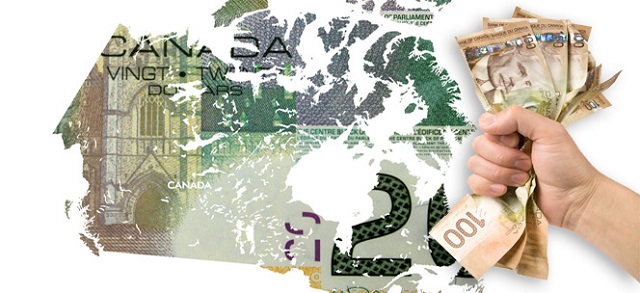

 David Clinton
David Clinton
Contrasting the principle of equalization with the execution
Quebec – as an example – happens to be sitting on its own significant untapped oil and gas reserves. Those potential opportunities include the Utica Shale formation, the Anticosti Island basin, and the Gaspé Peninsula (along with some offshore potential in the Gulf of St. Lawrence).
So Quebec is effectively being paid billions of dollars a year to not exploit their natural resources. That places their ostensibly principled stand against energy resource exploitation in a very different light.
You’ll need to search long and hard to find a Canadian unwilling to help those less fortunate. And, so long as we identify as members of one nation¹, that feeling stretches from coast to coast.
So the basic principle of Canada’s equalization payments – where poorer provinces receive billions of dollars in special federal payments – is easy to understand. But as you can imagine, it’s not easy to apply the principle in a way that’s fair, and the current methodology has arguably lead to a very strange set of incentives.
According to Department of Finance Canada, eligibility for payments is determined based on your province’s fiscal capacity. Fiscal capacity is a measure of the taxes (income, business, property, and consumption) that a province could raise (based on national average rates) along with revenues from natural resources. The idea, I suppose, is that you’re creating a realistic proxy for a province’s higher personal earnings and consumption and, with greater natural resources revenues, a reduced need to increase income tax rates.
But the devil is in the details, and I think there are some questions worth asking:
- Whichever way you measure fiscal capacity there’ll be both winners and losers, so who gets to decide?
- Should a province that effectively funds more than its “share” get proportionately greater representation for national policy² – or at least not see its policy preferences consistently overruled by its beneficiary provinces?
The problem, of course, is that the decisions that defined equalization were – because of long-standing political conditions – dominated by the region that ended up receiving the most. Had the formula been the best one possible, there would have been little room to complain. But was it?
For example, attaching so much weight to natural resource revenues is just one of many possible approaches – and far from the most obvious. Consider how the profits from natural resources already mostly show up in higher income and corporate tax revenues (including income tax paid by provincial government workers employed by energy-related ministries)?
And who said that such calculations had to be population-based, which clearly benefits Quebec (nine million residents vs around $5 billion in resource income) over Newfoundland (545,000 people vs $1.6 billion) or Alberta (4.2 million people vs $19 billion). While Alberta’s average market income is 20 percent or so higher than Quebec’s, Quebec’s is quite a bit higher than Newfoundland’s. So why should Newfoundland receive only minimal equalization payments?
To illustrate all that, here’s the most recent payment breakdown when measured per-capita:
 |
For clarification, the latest per-capita payments to poorer provinces ranged from $3,936 to PEI, $1,553 to Quebec, and $36 to Ontario. Only Saskatchewan, Alberta, and BC received nothing.
And here’s how the total equalization payments (in millions of dollars) have played out over the past decade:
Is energy wealth the right differentiating factor because it’s there through simple dumb luck, morally compelling the fortunate provinces to share their fortune? That would be a really difficult argument to make. For one thing because Quebec – as an example – happens to be sitting on its own significant untapped oil and gas reserves. Those potential opportunities include the Utica Shale formation, the Anticosti Island basin, and the Gaspé Peninsula (along with some offshore potential in the Gulf of St. Lawrence).
So Quebec is effectively being paid billions of dollars a year to not exploit their natural resources. That places their ostensibly principled stand against energy resource exploitation in a very different light. Perhaps that stand is correct or perhaps it isn’t. But it’s a stand they probably couldn’t have afforded to take had the equalization calculation been different.
Of course, no formula could possibly please everyone, but punishing the losers with ongoing attacks on the very source of their contributions is guaranteed to inspire resentment. And that could lead to very dark places.
Note: I know this post sounds like it came from a grumpy Albertan. But I assure you that I’ve never even visited the province, instead spending most of my life in Ontario.
Which has admittedly been challenging since the former primer minister infamously described us as a post-national state without an identity.
Subscribe to The Audit.
For the full experience, upgrade your subscription.
Alberta
Big win for Alberta and Canada: Statement from Premier Smith

Premier Danielle Smith issued the following statement on the April 2, 2025 U.S. tariff announcement:
“Today was an important win for Canada and Alberta, as it appears the United States has decided to uphold the majority of the free trade agreement (CUSMA) between our two nations. It also appears this will continue to be the case until after the Canadian federal election has concluded and the newly elected Canadian government is able to renegotiate CUSMA with the U.S. administration.
“This is precisely what I have been advocating for from the U.S. administration for months.
“It means that the majority of goods sold into the United States from Canada will have no tariffs applied to them, including zero per cent tariffs on energy, minerals, agricultural products, uranium, seafood, potash and host of other Canadian goods.
“There is still work to be done, of course. Unfortunately, tariffs previously announced by the United States on Canadian automobiles, steel and aluminum have not been removed. The efforts of premiers and the federal government should therefore shift towards removing or significantly reducing these remaining tariffs as we go forward and ensuring affected workers across Canada are generously supported until the situation is resolved.
“I again call on all involved in our national advocacy efforts to focus on diplomacy and persuasion while avoiding unnecessary escalation. Clearly, this strategy has been the most effective to this point.
“As it appears the worst of this tariff dispute is behind us (though there is still work to be done), it is my sincere hope that we, as Canadians, can abandon the disastrous policies that have made Canada vulnerable to and overly dependent on the United States, fast-track national resource corridors, get out of the way of provincial resource development and turn our country into an independent economic juggernaut and energy superpower.”
-

 2025 Federal Election2 days ago
2025 Federal Election2 days agoPoilievre To Create ‘Canada First’ National Energy Corridor
-
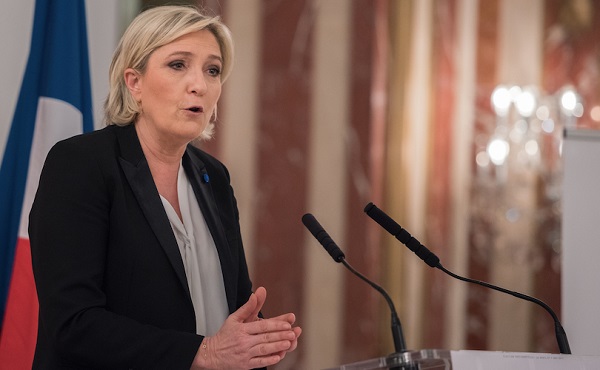
 International2 days ago
International2 days agoFREE MARINE LE PEN!’: Trump defends French populist against ‘lawfare’ charges
-

 COVID-191 day ago
COVID-191 day agoMaxime Bernier slams Freedom Convoy leaders’ guilty verdict, calls Canada’s justice system ‘corrupt’
-
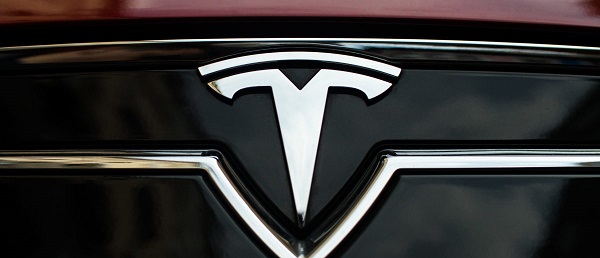
 Automotive2 days ago
Automotive2 days agoDark Web Tesla Doxxers Used Widely-Popular Parking App Data To Find Targets, Analysis Shows
-

 Carbon Tax1 day ago
Carbon Tax1 day agoThe book the carbon taxers don’t want you to read
-
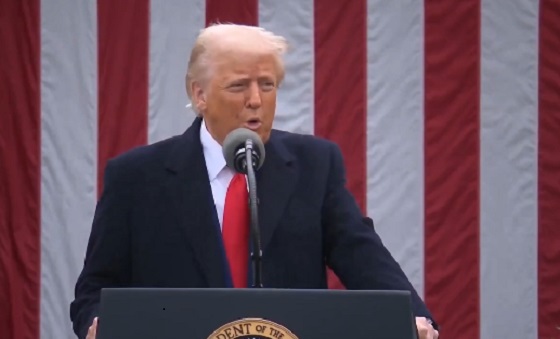
 Business2 days ago
Business2 days agoWill Trump’s ‘Liberation Day’ Tariffs End In Disaster Or Prosperity?
-

 Censorship Industrial Complex1 day ago
Censorship Industrial Complex1 day agoChina announces “improvements” to social credit system
-
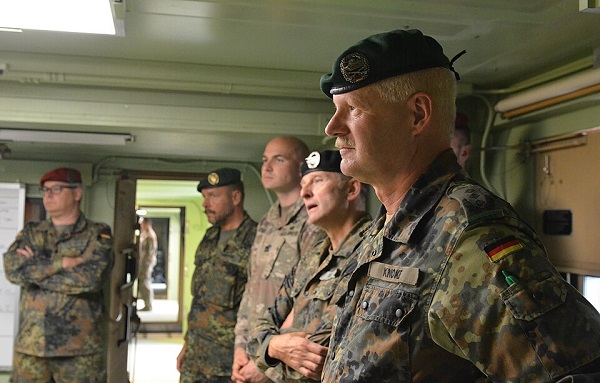
 International1 day ago
International1 day agoGermany launches first permanent foreign troop deployment since WW2





